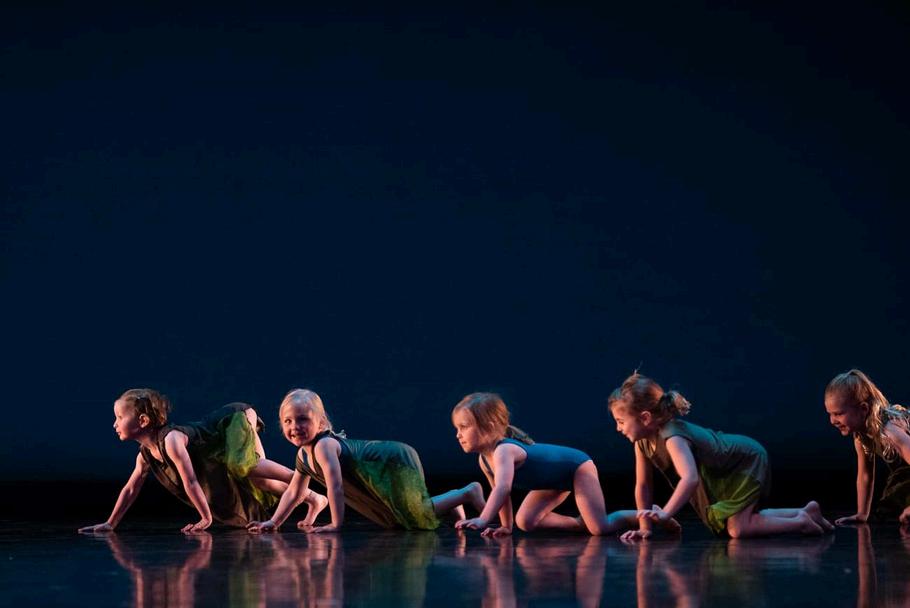

daCi USA Newsletter
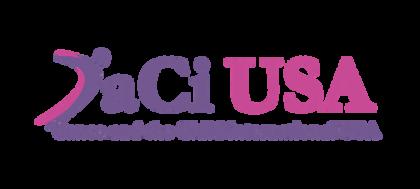
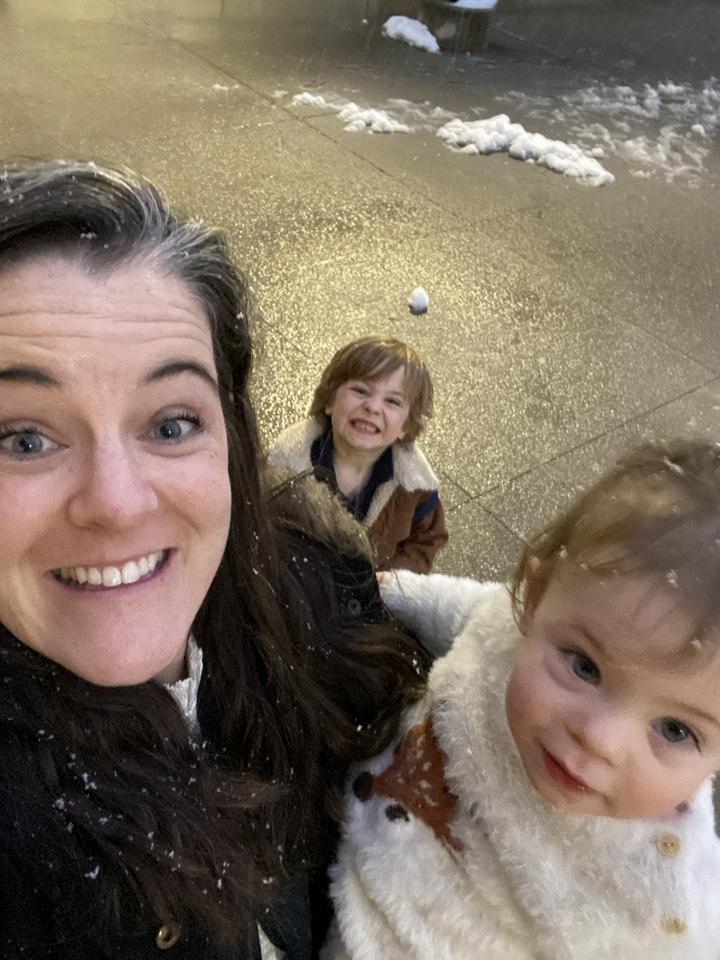
MESSAGE FROM THE CHAIR
Dear Members,
I am so excited for our upcoming National Gathering at Towson University in Maryland in June 2026! Plans for this signature daCi event are shaping up beautifully, with the inspiring theme of “Playing with Possibilities." An exciting development is the expanded leadership role for our young leaders in the Youth
Leadership Program. Their involvement will bring fresh energy, creativity, and insight to the gathering, and I cannot wait to see their contributions in action.
Speaking of youth leadership, I want to take a moment to express my deep appreciation for the amazing facilitators of our Youth Leadership Program, Kathryn Austin, Sara Malan-McDonald, and Karen Kuebler They are truly shaping the next generation of dance leaders. Their dedication, expertise, and passion have created one of the most impactful leadership programs I have ever seen for young people. Personally, I have carried lessons from this program into my own work in teacher professional development and community making, and even into executive leadership training in the field of transportation, my new venture.
Transportation is really a sister-field for dance: I mean, they’re super interested in how people move together through space, just like us! I’m finding lots of opportunities to apply arts pedagogies for community building, explore learning methods focused on experience and agency, and to help engineers see the way their presence and posture can contribute to the work they need to do. Can’t say my new community has the same aesthetic as my past work in arts and education, but it’s just as creative!
I also want to acknowledge the delay in membership renewals this year. As many of you know, we have been working with our international partners to transition to their registration platform. While this move promises enhanced services and streamlined access, we are still addressing a few technical issues to ensure a smooth experience for all members. Please continue to invite your contacts and colleagues to join daCi throughout the year to bring more voices and build our numbers
Things to put on your calendar for this year!
September 20: The daCi Youth Leaders will host a virtual Day of Dance.
October 4 – 6: Many members will meet at the National Dance Education Organization conference in Detroit. Stay tuned for daCi-centric sessions and ways to connect with other members. Join us in promoting our National Gathering.
Thank you for being part of our vibrant community. Your dedication and engagement inspire us to continue building meaningful opportunities in and through dance As we move forward, I encourage you to start dreaming about the possibilities that await us in Towson in 2026!
With gratitude,
Heather Francis
daCi USA Chair
EDITOR’S NOTE
Greetings on the cusp of spring!
As this issue took shape, I realized that a theme runs through it. Pathways.
From Teresa VanDenend Sorge in Cincinnati we have the story of the ups and downs of a life in dance and dance education. Some zigs and zags there. Monica Frichtel in Philadelphia shares the story of establishing an unusual dance initiative that is celebrating ten successful years. Her description offers a model for community dance for those interested in trying something similar. The Spotlight features a dance educator just starting out on her own pathway. And I even have my own newly-forged pathway. I am deeply engaged in a new job teaching English to immigrants, adapting what I’ve learned from dance teaching. I include as much movement and dance as I can to light their path.
We offer two ready-to-go lesson plans; a report from our Youth Leaders; the Bulletin Board with news from members; daCi International news; the crowd-sourced Recommendation Zone with lots of good leads; and advance word about the 8th National Gathering in Maryland next year. Get your engines ready for that!
Finally -- how often do you see the word “choreographer” mentioned in comic strips? I saw the strips below and tracked down permission to share them with you!
Cheers,
Mady Cantor Editor


The Power of Curiosity, Collaboration, and Connecting
by Teresa VanDenend Sorge
A life in dance and dance education rarely runs on a straight and simple path. I remember, as a high school senior, writing my “five-year plan,” an assignment given by our guidance counselor. I wrote that I planned to major in dance, teach dance, and perform, which resulted in concern from the counselor because there is no stability in such a career, and this path will create a lot of uncertainty. This was the very moment I knew I needed to pursue this path. Curiosity was piqued. What would this uncertainty uncover? Where would it lead me? Now, 25 years later, I can confidently say, she was correct. There has been a lot of uncertainty, and many moments of instability, but many more moments of profound joy I have remained curious, embraced collaboration, and connected with people, programs and institutions while trusting this improvisational process called life. It has twisted and turned in unexpected directions, from academia, to a sailboat, to starting over in a new place.
The interlocking values of curiosity, collaboration and connecting are threads that have woven through my career and I am grateful to share a few segments of my zigzagging pathway through dance.
In 2019 I left Pennsylvania where I had an active dance life. I had a full-time position at a college for nine years, teaching a variety of courses Together with my colleagues, I built a dance education laboratory with 50 children and created field work and service-learning opportunities.
At the same time, I directed a community outreach program for a professional dance company. It involved building connections with schools, asking many questions, and advocating for students at all levels, from school administrations to the foundations that funded the program.
I was working seven days a week doing things that I loved but I needed to re-evaluate. And there were shifts in my personal life -- I had a child, my husband lost his job, my mother was sick.
We sold our house, bought a sailboat and embarked on a trip, which was a lifelong dream for my husband. I was slower to get “on board” but, after a few weeks on the water, I was planning for a life aquatic. It was a grand family collaboration; each of our three crew members had their own responsibilities. We traveled “America's Great Loop” which includes the Great Lakes, Mississippi River, Gulf of Mexico and up the Atlantic side, across the Erie Canal and back to the Great Lakes
by: Katherine Dooros
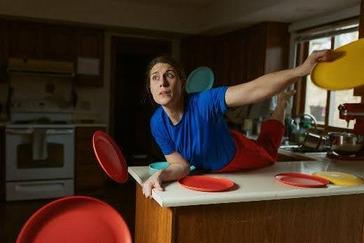
Within a few weeks, perspectives started to shift. I noticed birds. I began to live by the schedule of the sun. I learned about water conservation and took far fewer showers. Productivity looked less like emails and meetings and more like navigation and playing with puzzles “down below” when the long days in the sun became too warm We sailed around the country for 15 months We connected with many folks along the way, in small towns on the Mississippi, at marinas, and across the VHF radio waves. From these numerous, seemingly random connections, we gained valuable boating knowledge, good friends, and life skills. I was even able to pick
Teresa with a lot of plates in the air
Photo
up a few dance teaching jobs along the way After the boat was struck by lightning in Charleston, South Carolina, we learned to navigate with a compass and paper charts. Then we sailed right into the global pandemic.
We both thought we would find jobs easily after the boat trip. My husband is a former high school principal and science teacher. I had directed a program and been part of a large department. Nope. Pandemic.
We collectively had ten interviews in different parts of the country. We were met with sorry; the job is no longer posted; the principal is no longer leaving; the school will not be open next year; we lost our funding, or worst of all – you have the job – and then two days later – sorry, we cannot hire you.
We decided to move to Cincinnati to be closer to my parents, as my mother’s condition was worsening.
I arrived in the Midwest in late summer 2020, a few months into the pandemic, pregnant with my second child. I collaborated with the team of caregivers to manage my mother’s care. I immersed myself in feeding, bathing and changing diapers for two generations. Although I fully embraced my status as a member of the “sandwich generation,” nothing prepared me for the challenges of navigating dementia alongside the needs of one small child and my pregnant body, quickly changing
However, ‘life is what you make it ’ This, one of many one-liners my mother was family-famous for, came to mind often during the years of intense caregiving. I leaned into this counsel and managed the stress by making dances, taking classes on Zoom, and connecting with the local dance community for opportunities to find like-minded collaborators.
In the fall of 2020, I was 30 weeks pregnant, tired and swollen, and driving 50 miles to be with my mother multiple times a week, all while managing virtual school for my kindergartener, and taking virtual dance classes in our living room to keep us all sane. Two weeks before the college semester began, an opportunity to teach at a local university arrived through a connection of a friend Excitedly, I said yes! Thanks to a wonderful TA, mask mandates, and
a large gymnasium I safely and joyfully explored what we all remember as pandemic dance teaching. A new professor colleague connected me to many people, most notably, a dancer who also arrived here in 2020. We are both parents of small children and dancers who spent many years on the East Coast. We met for a few playground dates and discussed creating a choreography series for emerging and professional choreographers to show work. W dea in other ci t more dancers
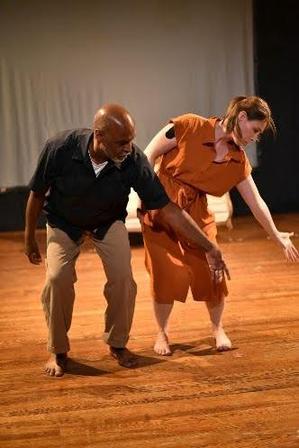
From outdoor dreaming and meetings on Zoom, in between nursing babies and caring for my parents, we applied for and received a grant. We launched Synergy Dance Series, a shared evening of dance for choreographers to receive customized feedback from the audience.
Looking back on these last five years, a lot has happened I attended a low-residency MFA program with my children in tow, supported by former students who came to babysit during the summer residencies. A beautiful connection. Synergy Dance Series has a regular funded showcase and classes for adults. I work at a local dance studio with a strong community presence, and have contributed to the professional dance community here with a spirit of curiosity and collaboration. My mother has transitioned and my caregiving responsibilities have shifted. I have found that through the uncertainty that was predicted by my high school guidance counselor, the mindful approach to the day-to-day that I learned on the boat, and a deep commitment to connecting with others through dance, I can balance instability and uncertainty with curiosity, proving that life is truly what you make it
Photo by: Jeff Burkle
Dance as a Cooperative Practice: Celebrating Ten Years
by Monica Cameron Frichtel
Ten years ago, I had recently completed graduate school in dance and was living in Philadelphia. I was looking for a way to continue to engage with dance in meaningful ways. I had two children under five and limited time for travelling into the city to take classes I needed something close to home.
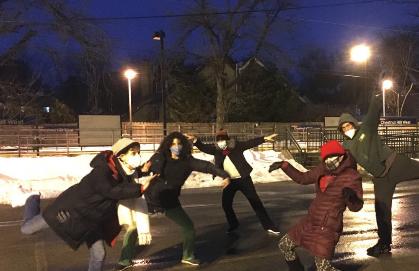
I was open to various possibilities, but I was also committed to a few key ideas. I did not want the responsibility of being a teacher, at least not all the time. I wanted to dance with peers who could challenge me in my own continued development. I was open to dancing with others from diverse dance backgrounds. And I did not want to be a gatekeeper or do a lot of administrative tasks, and I had no desire to monetize the experience. This framework led me to the idea of a cooperative dance initiative. I wasn’t sure what that would be but I was open to the experiment I talked it up, posted flyers, started a listserve, and showed up in a studio.
Over time, the Mt. Airy Dance Collective, named after the neighborhood that is home to many of the members, took shape. We currently have about 1012 regular participants and another half dozen who drop in once in a while. All are experienced dancers from a variety of movement backgrounds. Some of us work in the field of dance as educators, therapists, and choreographers. Others have careers well outside of dance. Examples include a professor of psychology, high school teacher, social worker, videographer, visual artist, landscape designer, veterinarian
We meet weekly for 90 minutes on Sunday evenings at a local dance school that allows us to use the space in exchange for a small contribution. We each contribute $5 to help cover that expense. Forced outside during the pandemic, we spent nearly two years meeting every week at a train station parking lot we convinced ourselves the newer pavement of the lot felt a little softer on our knees than other locations and on rainy days we gathered beneath the overhang of the train station We are a committed group!
Participants bring unique gifts to our movement sessions. One member brings in new and eclectic music ideas, deejaying the full movement session Recently, a dancer-musician has joined our group and alternates between dancing and playing music. Another member regularly snaps and edits photos, sometimes posting them on social media Our
The dance collective during the pandemic
somatic practitioners help to address physical ailments as they arise and our educators have a knack for articulating movement and breaking down more complicated choreography. The more musically inclined share an understanding of phrasing and relating movement to the music. We aim to be warm and welcoming, encouraging movement contributions from all and ensuring that new participants feel included in the community.
People are welcome to come when they can, without needing to feel obligated to show up. Our practice of always creating new material lends itself to this, making every session a complete small experience in itself. We confirm our weekly commitment via text on Sunday mornings, making sure we have a critical mass. We are a committed group and rarely cancel.
Some of us occasionally bring our children Years ago, I would sometimes dance wearing an infant in a baby carrier. The older children sometimes dance with us, play in the studio, or hang out in the lobby. They too are welcomed into the space, even though it is not specifically a child-oriented practice. My 8year-old daughter will often spring into the dance studio to find a fun adult who will briefly improvise animal dances with her before we begin our dancing, or join us in improvisational movement Embracing a daCi ethos, the collective is accommodating, encouraging, and supportive.
The warm-up might begin with someone leading a gentle roll-down exercise or something to raise the heart rate. Another dancer may offer a jazzy isolation exercise, or suggest a West African-influenced phrase, a modern leg swing exercise, or tai chi movement. The choreographic exploration tends to be the most collaborative part. Sometimes we suggest that everyone invent a short movement phrase, and we create a more complex study using everyone’s ideas and developing transitions Dancers support the individual who is developing choreography by paying attention, noticing and practicing different versions of movement in development, asking clarifying questions, and offering suggestions when the “choreographer” gets stuck. As self-described dance nerds, we like to analyze movement by asking questions, trying out different options, and considering aesthetic qualities.
I remember an instance when I asked another dancer about a detail of a particular traveling phrase. Something about the dancer’s approach gave the movement a sense of “coolness” that I did not feel We discussed it and worked to identify qualitative aspects of the movement, trying different embodied approaches until we could begin to understand the movement in a more nuanced way.
Movement sessions developed to loosely follow a modern dance class format, but leadership is fluid, unplanned, and fluctuates organically throughout the session.
We typically start with a center warm-up, sometimes floor work, often followed by traveling movement phrases, and choreographic development. We might explore an improvisation prompt. We focus on the present and generally create new material every week The only part we repeat is a movement sequence that has become our ending ritual.
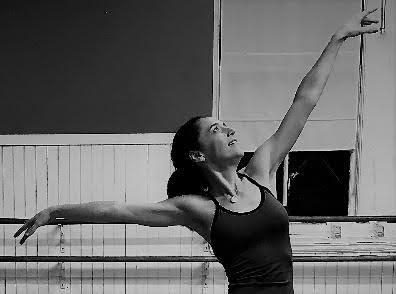
Whether it is floor work, extensive turning, or a complicated pattern, movers may find material to be challenging. We work together to create options and accommodations. We ask for help. Establishing a culture where needs can be articulated and addressed supports the idea that individuals do not need fully formed knowledge and expertise, but rather as a community we can figure things out together.
Occasionally our choreographic section might be a piece of existing choreography that a member wants to share: a modern phrase, a body percussion piece, an international folk dance, or a contemporary dance phenomenon. We even learned Jerusalema, the line dance that was travelling the globe during the pandemic.
Performing has never been the focus of our time together, but once in a while we do perform, as opportunities come our way. We engaged in a community collaboration with musicians, artists, and storytellers in a procession through a local arboretum, highlighting the unique history of water in the area. We did multiple performances relating to the 50th anniversary of a big food coop. We performed at a presidential inauguration celebration in 2020, and took part in the International Global Water Dance Event. We did several dance film projects including one that was part of Philadelphia’s annual Fringe Festival.
smoothly, and we can focus on the dancing that is at the heart of our time together.
My initial goal in developing the collective was to have a place to dance for myself It turned out, however, that the collective has come to inform my work as a teacher and researcher. I am interested in democratic pedagogy, a collaborative approach to learning that values student voices and agency. For me, the dance collective has become a living laboratory for exploring that approach. The ideas of shared leadership, a focus on the present, and an inclusive spirit -- all practices drawn from the collective -- now inform my studio and classroom teaching for students of all levels.
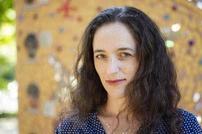
Monica J. Cameron Frichtel is an Assistant Professor at the University of Delaware. Her research interests include critical and democratic pedagogy across the lifespan. Her work has been published in the Journal of Dance Education and she has written chapters in books edited by K. Bond, N. B. Schmitz, K. Schupp & D. Risner, and L. Overby She serves on the board of the Delaware Dance Education Organization and as treasurer and advocacy committee chair for the Pennsylvania Dance Education Organization She founded and facilitates the Mt Airy Dance Collective in Philadelphia
The organizational load of keeping the collective going is shared. Early on, I was the primary facilitator. I coordinated logistics and took a leadership role in crafting movement sessions. As the years have passed others have stepped into different roles, now distributing the bulk of all activities, both administrative and creative. Today we almost seamlessly share responsibilities with different participants stepping in and out of specific roles, such as locking/unlocking doors, collecting the money, and sending text reminders. It runs
The Physicality of Leadership: A Dance Perspective
by Kate Slade & Lola McDonald from the Y
The February 2025 meeting of the Youth Leadership Program highlighted the importance of the physical aspect of leading others
We discussed how leadership is often associated with qualities such as decisiveness, and communication. But the body plays an equally crucial role in conveying authority, creating connections, and guiding others. From a dance perspective, leadership is deeply intertwined with physicality how movement, posture, and presence shape the way others perceive and respond to a leader.
In the world of dance, the body is the primary instrument through which emotion and intention are communicated Leadership, too, operates on a similar principle: it is not solely what one says, but how one moves and holds themselves that can inspire, command, and influence. A leader, much like a dancer, must be attuned to their physicality, understanding how posture, gesture, and energy can project confidence, warmth, or authority
In many dance forms, leadership is not a soloist role; it is a partnership. The leader must communicate with their partner through physical touch, eye contact, and subtle movements, guiding them through intricate steps while remaining open to the partner’s responses. The same principle applies to leadership in any field. A good leader understands the importance of collaboration. They lead not by dictating, but by engaging with their team, actively listening, and adapting to the collective rhythm
A successful dance partnership relies on mutual trust and respect, with both partners attuned to each other’s movements and emotions. This collaboration allows a leader to read the needs and strengths of their team, making adjustments as necessary. Just as a dancer must adjust to their partner’s style or interpretation of the music, a leader must be flexible and adaptable, open to new ideas and feedback
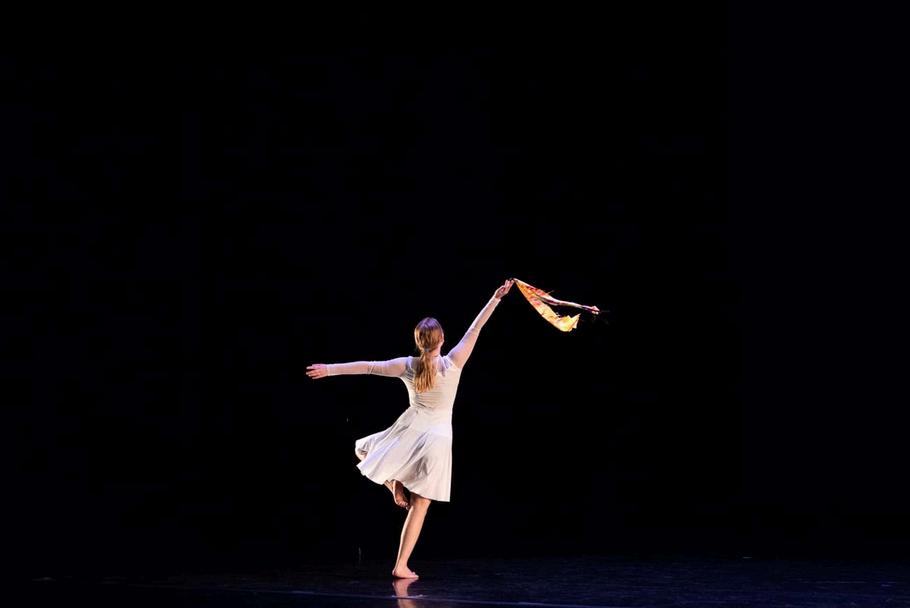
The Virtual Day of Dance that daCi is hosting this year, is a wonderful way for dancers to reflect and experience the physicality of leadership. Our daCi Day of Dance is being organized by members of the Youth Leadership Team at monthly Zoom meetings. We are figuring out the schedule and overall specifics of the event. Since it is on zoom, it is crucial for the organizers to work out the technical issues beforehand As daCi Youth Leaders, organizing the event has taught us useful skills in collaborating to achieve a goal. Everyone’s skill sets can be combined to create something truly amazing. The Day of Dance lands on Saturday, September 21 this year, which is National Dance Day. On that day, we will offer dance classes in fun styles including Latin, Folk, and creative sessions. The daCi Virtual Day of Dance acknowledges different cultures being brought together by the art of movement and expressive creativity

attending the 7 National Gathering
Aside from being a youth leader, she enjoys dancing at her studio, listening to music, shopping, and hanging out with friends.
her entire life, attending and helping at events since she was five. She is privileged to now be a part of daCi's Youth Leadership Program. Lola loves spending time with her friends and family, going for long walks, and dancing. After graduation she will attend Brigham Young University in Idaho.
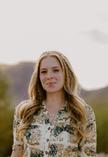
Kate Slade is a high school junior from Orlando, Florida. She has been involved with daCi Youth Leadership for the past four years, including
in Michigan.
Lola Malan-McDonald is a graduating high school senior from Mesa, Arizona. She has been involved with daCi
Member Spotlight: Summer Salyer
by Chara Huckins
Summer Salyer is in the middle of her first year as a full-time dance teacher at an elementary school in Baltimore. It’s been a busy ride so far, full of successes and challenges and possibilities.
Summer is from Delaware and danced throughout her teenage years. At 12 she saw the movie Step Up 3D and fell in love with hip-hop dance, which she studied while continuing ballet training. At 15 she took part in a hip-hop summer program called Dreams of Hope where she says she was able to be herself, make friends, and be taken seriously at the same time. She became a sponge, soaking up new technique every day.
Then she went to Towson University near Baltimore and continued to study dance. For several years while at college she taught at a studio called Symmetry Arts in Essex, MD, where she first found a deep love for teaching and felt great pride in seeing her students grow.
Summer graduated from Towson in 2023 with BFA in Dance Performance and Choreography, with state certification to teach dance in grades PreK – 12. Before graduating she did a year-long internship at three schools, including eight months with Dr. Karen Kuebler (daCi member!) who directs a vibrant dance program at an elementary school in Timonium, MD Summer says that the internship “showed her how to create a student-centered classroom. We allowed the students to become part of the lesson in a more hands-on way.”
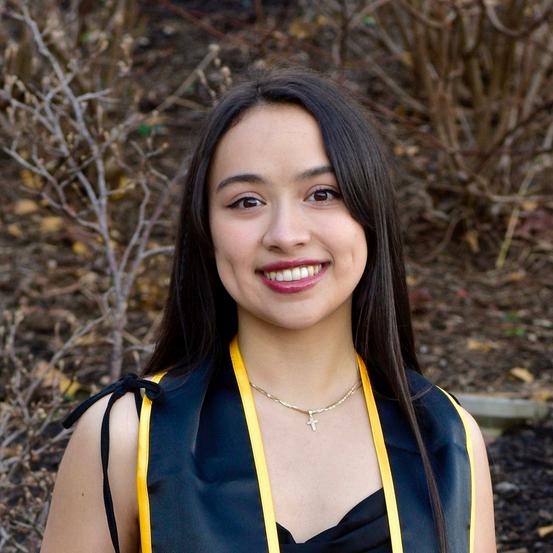
Summer took a position at a school which had never had a dance program or full-time dance teacher Unlike at her internship, there were no practices or structures in place. school. It continues to take some trial and error to set up expectations and boundaries She said, “I am trying to be genuine to myself and my kindness, while also holding my students to high standards on how we act in the dance classroom.”
Her curriculum this year includes three-class units on different styles of dance with connections to an array of cultures, always with a creative component. The framework of her classes usually goes: warm-up, objective, exploration of the movements of the day, create your own dances, perform.
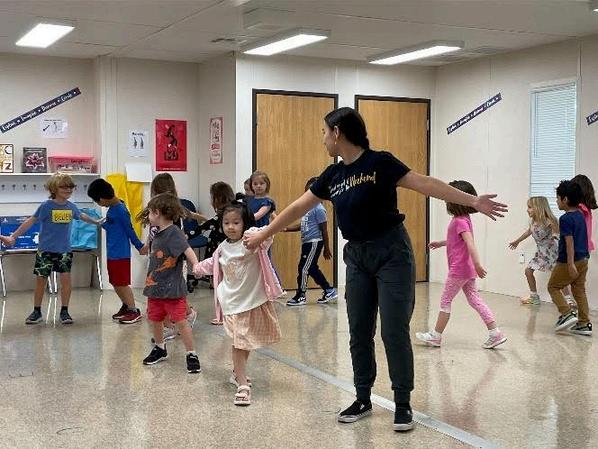
For example, she has done units on Bharatanatyam, Hoop dances, Filipino folk dance, “Old Timey Dance,” and Hip-Hop. Summer does extensive research on the dance forms and makes sure she has a solid understanding of the movement and context before teaching them. Her goal is exposure and creativity. She says her “students are little choreographers! They take so much pride in their dances. They sometimes ask for more time to continue working on their dances They are inspiring ”
The students at Summer’s school come from Nigeria, the Philippines, India, Ghana, South Africa, Mexico, El Salvador and other countries When she does a cultural form that is connected to them, the students beam with joy. She found that the most reserved students will be the most engaged with a lesson related to their cultural heritage. It makes her feel good that they are able to see themselves represented in her classroom.
Summer learned about daCi through Karen Kuebler and is excited about daCi holding the National Gathering at Towson University next year. She looks forward to being part of it as a local. Maybe she can even bring some of her students!
Editor’s note: See the Lesson Plan section for Summer’s class l T tti t f h Hi H it
A sampling of photos from daCi members' classes!
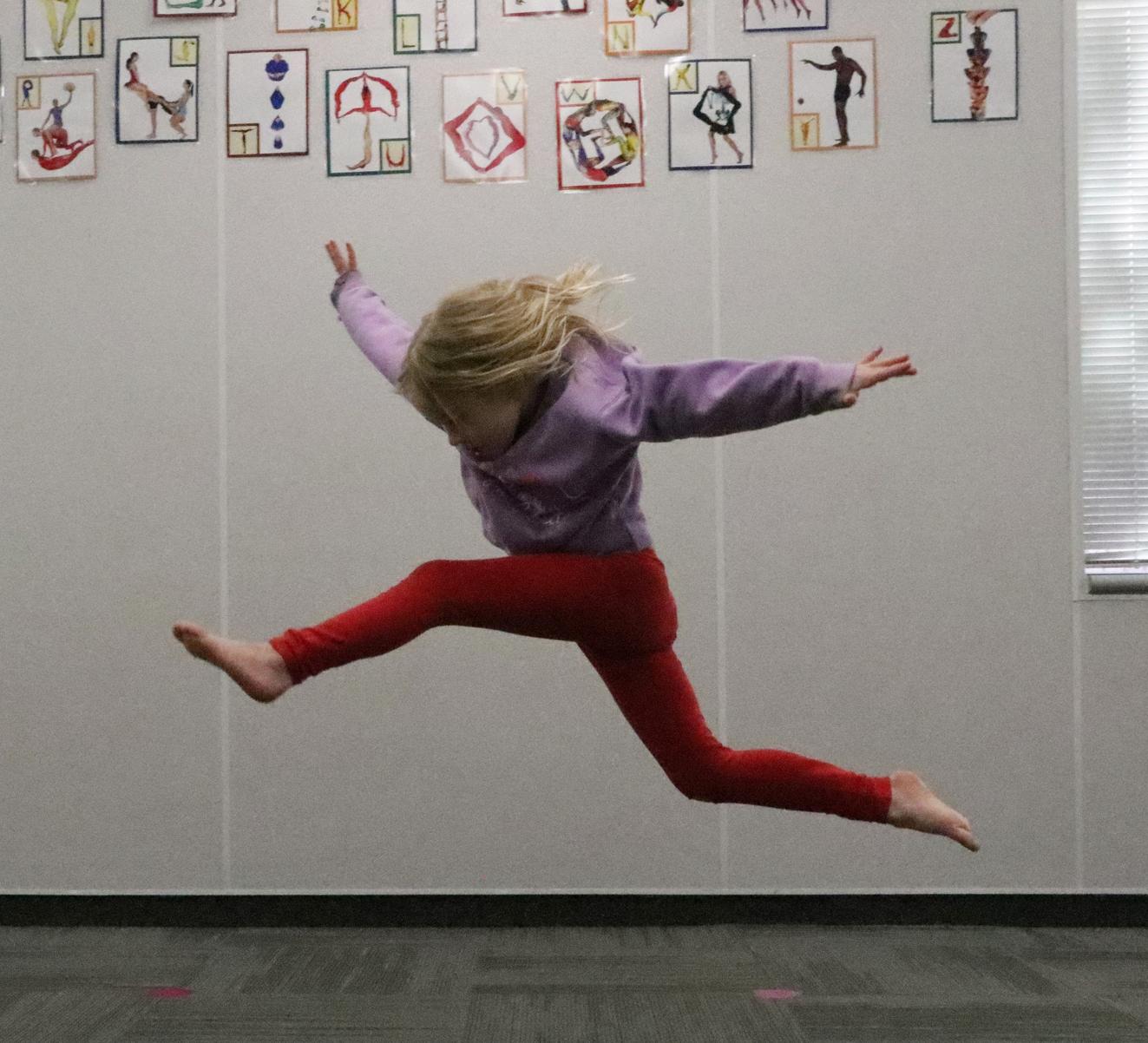
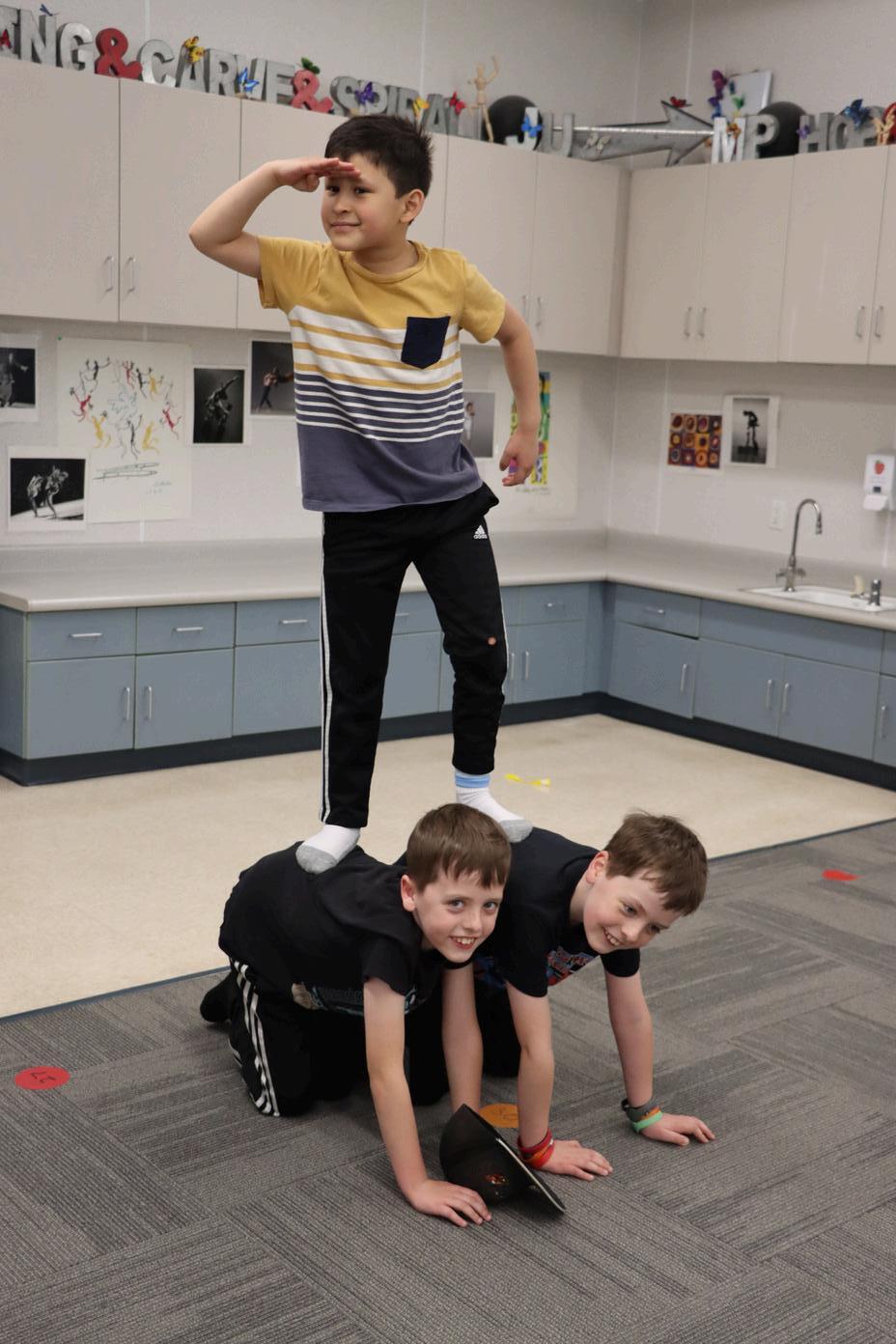
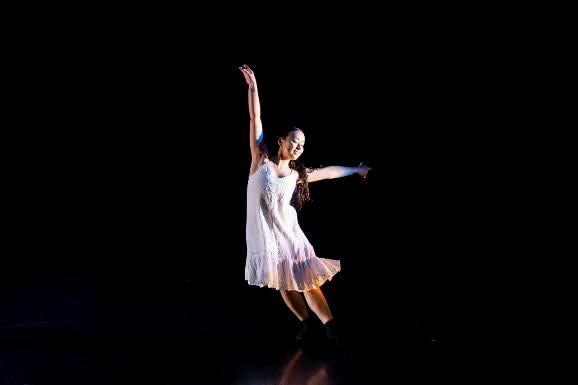
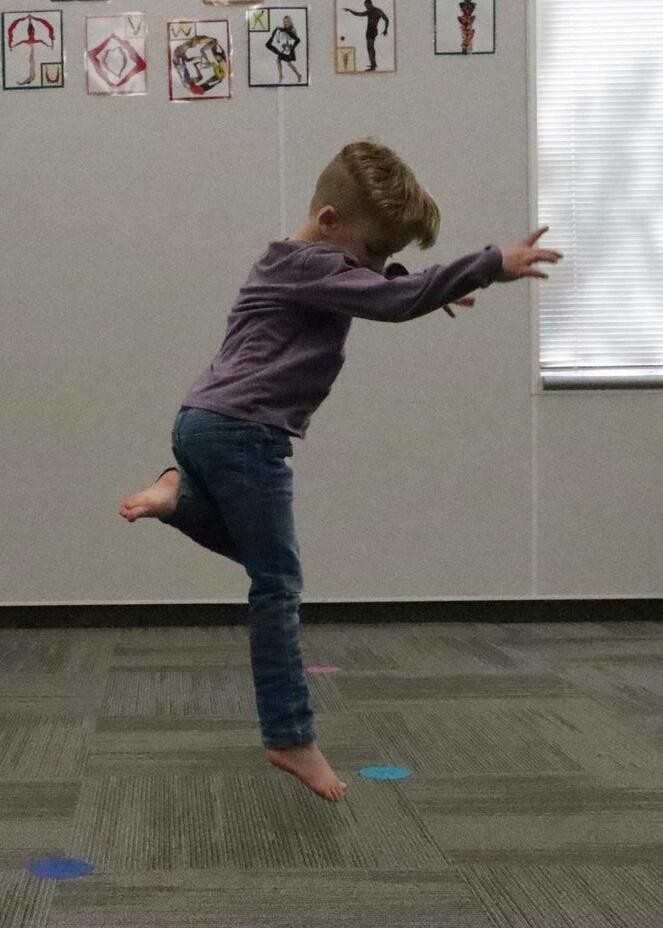
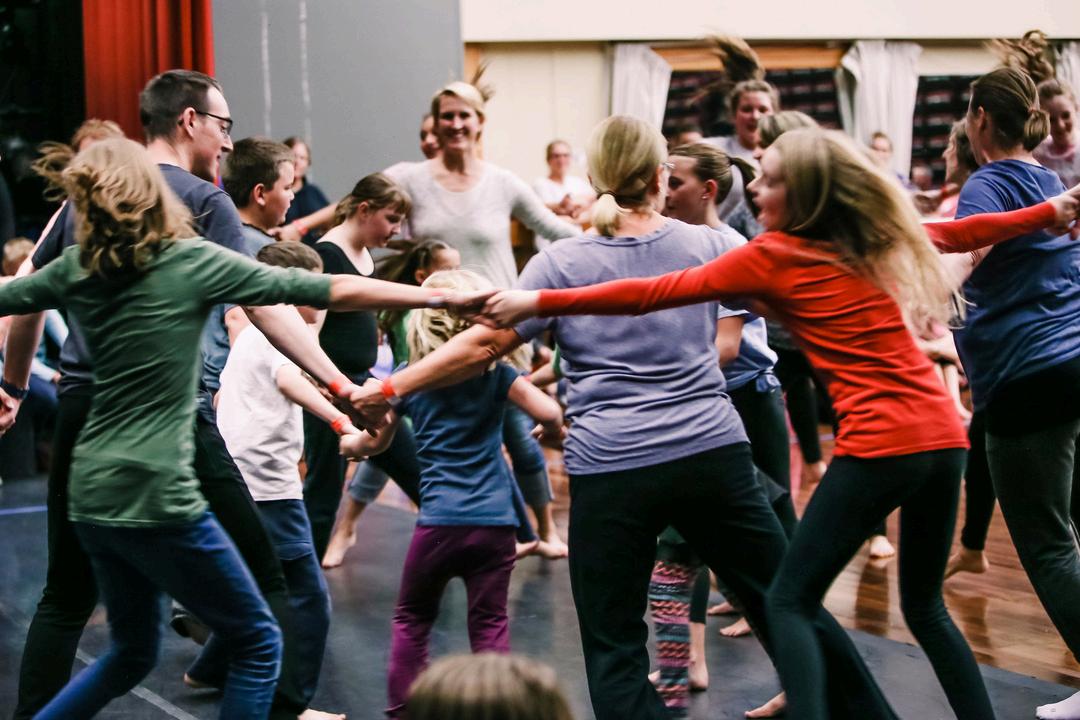
Lesson Plan Snowmen at Night
Erika Cravath holds a BA in Dance Education and MEd in Curriculum & Instruction. She lives in Tennessee and teaches middle school math by day and children's dance in the after-school hours. After 18 years of teaching dance and having five children of her own, she finds herself happily and constantly surrounded by children. She believes that every child has the ability to dance and has the right to express themselves.
Age range: 3-6 year-olds
Length of class: 50-minutes
Materials: Picture book Snowmen at Night by Caralyn Buehner, large bag of cotton balls

Music: I love Nenad Duplancic's Imagining Dance album I have a playlist of songs I rotate through for this age group
INTRODUCTION (5 minutes)
“Bounce, bounce, bounce like a ball, stretch your arms and back and neck very tall, put your hands in your lap, look back at the wall, reach for your toes and curl up small. Balance on your seat and fall!” (from Gilbert, Creative Dance for All Ages).
Follow- the-leader warm up.
ACROSS THE FLOOR (10 minutes)
Skipping
Skipping with straight legs in front and back
Gallops
Sideways chasses or "slides"
Review this Combination:
Walk, walk, hop, hop, hop
Turn, turn, turn, and now we stop
Bring your foot up by your knee and hold it 1, 2, 3!
Point your toes, kick your feet
Now we're marching to the beat!
Skipping fast! Here we go!
Now balance slow, slow, slow.
Like an airplane, soar up high
Wiggle down low, then explode to the sky!
Propeller spin: quick, quick, quick!
Freeze in a shape like a stick
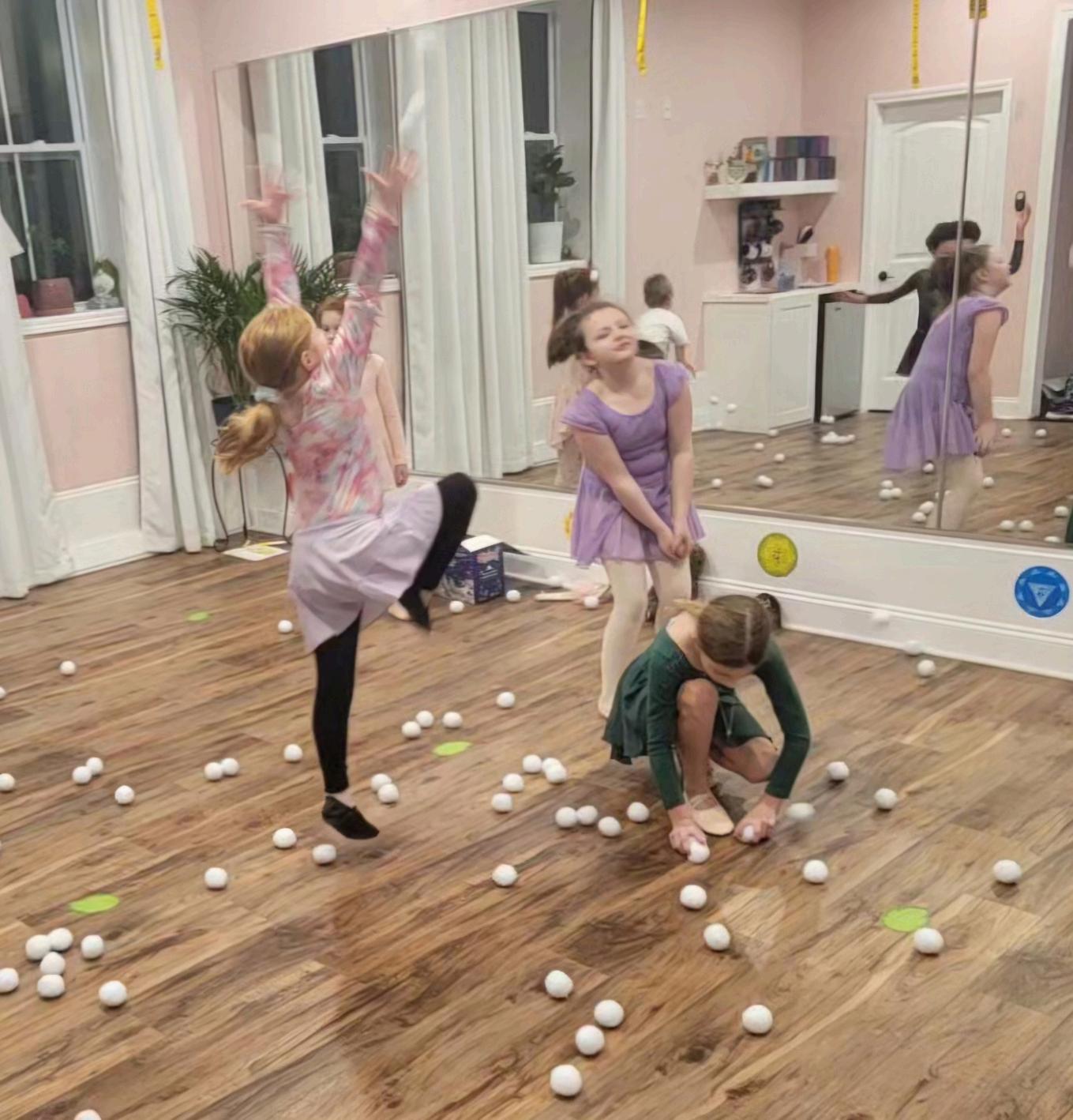
STRETCHING (10 minutes)
Regular stretching series.
READ/DANCE SNOWMEN AT NIGHT (15 minutes)
Stop at first page (before title page). What is the little boy doing? Rolling up a HUGE snowball to make a snowman. I bet that snow ball is very heavy. What can you roll? Head, eyes, shoulders, feet, entire body, etc. Show me some heavy rolling.
"I think that snowmen start to slide..." Let's practice our slides. Sometimes chasses are called slides because you slide your feet across the floor and together. Let's slide around the room!
"...in the snowman races." Compete in one-footed hopping races, crab walk races, bear walk races, chasse races, and bourree races
" skating tricks on ice " Show me your favorite trick!
" till they all fall down " We learned the word “collapse” in another story Can you collapse one arm? Can you collapse your top half? Can you collapse your whole body to the ground?
" wild ride down the hill " All dancers move to one side of the room to dance an across- the-floor pattern Teach a simple pattern such as: step, kick, step, kick, skip, skip, skip, skip, chaine turns to the other side Next, ask dancers to keep the dance, but make it WILD, like the way the snowmen ride down the hill. Demonstrate and encourage them to change arms, heads, directions, etc. Then, have dancers try their own WILD dance!
CREATE/PERFORM (5 minutes)

During a blizzard, it looks to me like the clouds are having a snowball fight! Everything is whirling and twirling and moving quickly in the wind Can you make a blizzard with your dancing? Move sideways and backwards and forward. Turn and leap and spin down to the ground. Shake and twist. Turn and jump. Half the class performs their blizzard dance for the other half. The “audience” throws snowballs (cotton balls!) at the dancers to create a blizzard. Switch roles.
For the last minute or two, play some rowdy music and enjoy a cotton ball snowball fight with the dancers. While I count down to zero, start slowing down until you freeze in a shape: five, four, three, two, one, zero, FREEZE! When you’re done, everyone pitches in to put the cotton balls back in their bag.
CLOSING (5 minutes)
Sculptor and Clay: “Making a snowman is like making a sculpture or statue I’ll be the snowman statue You move me into the shape that you think I should be in.”
The teacher is the clay and the students are the sculptors. Clay stands still and only moves when a sculptor moves her. Play music while dancers take a walk around the room, examining the "snowman sculpture" from all angles.
Dancers may change the sculpture anytime they desire to, taking turns with other dancers if needed.
*Extend this activity by doing sculptor and clay as student partners.
Lesson Plan
Hip-Hop Unit: Tutting
Summer Salyer graduated from Towson University in 2023, with a BFA in Dance Performance & Choreography with a concentration in PreK-12 Education. Upon graduation, she accepted a position as a dance teacher in the Baltimore County Public School system. She teaches dance to grades PreK-2nd grade and runs a dance team for 3rd-5th graders.
Grade Levels: 2 - 3 grade nd rd
Length of class: 50-60 minutes
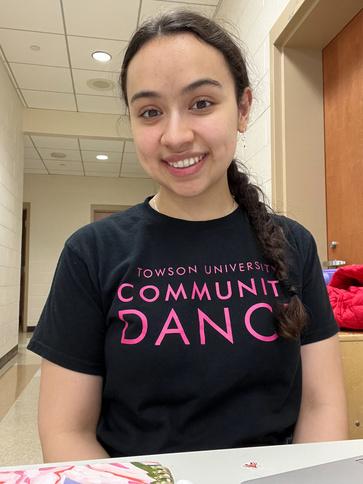
Objective: Students will be able to identify basic tutting movements and connect them to hieroglyphics by observing photos, videos, and will to be able to create and perform their own tutting dance sequence
Materials/Resources:
PowerPoint: View slides here
Music: Meditation in Desert by Healing Arabian Music
Out There Upbeat Hip-hop Instrumental by omitobeats
Videos: This is Tutting by BuzzFeedVideo
Human Geometry – choreography by Sadeck Waff for the Paris 2024 Olympic Games
WARM UP: BrainDance
BrainDance developed by Anne Green Gilbert. It is done here with imagery inspired by ancient Egypt.
Suggested music: Meditation in Desert
Breath: Blow the sand off of the artifacts
Tactile: Brush water droplets from the Nile River off the body
Core-Distal: Egyptian falcon (see slide #5), students open and close their wings
Head-Tail: Egyptian cat and dog positions (see slide #5)
Upper-Lower Body: “Imagine you are in the Nile River. Use your upper body to skim the surface of the water. Then use your lower body to push through the river”
Body Side: Climb the pyramids one side of the body at a time
Cross Lateral: Reach across with one hand and open a scroll and then close it
Vestibular: Sandstorm spin
WHAT IS TUTTING?
Introduction: Tutting is a style of street dance that utilizes one's hands, arms, and fingers to create geometrical shapes and angular motions (Show the PowerPoint )
Tutting originated in the 1970s in Los Angeles
Tutting was derived from the hieroglyphics drawn on the walls of the ancient tomb of King Tutankhamun
Dancers were inspired by the angular movements of ancient Egyptian art
Mark Benson, aka “King Bugaloo Tut” made tutting popular in the late 1970s
What are hieroglyphics?
They are an alphabet made of symbols and drawings from ancient Egypt. Project the image of the hieroglyphic key and ask the students questions such as, “How could you spell your name with hieroglyphics?”
Accumulation of Movements:
Demonstrate and teach each movement below (see here for a video demonstration of each movement). Write the names of the tutting movements on the whiteboard:
Rectangle Close Down & Reverse 1.
Arms Waves, Hand Waves 2
Finger Tutting 3
Straight Arm Up, Bend Your Hand Over and Out 4
Rotating Ls 5
Connect the movements to naturally create a dance sequence as a class
Suggested Music: Out There
Check for Understanding: Freeze Dance
When the music stops, explore how to create a tutting shape with a partner. When the music is playing explore how you can hold one pose while locomoting throughout space.
Video Showing:
Video #1: This is Tutting (1:58)
“This video features two dancers demonstrating their tut dancing skills. As you watch, look for what inspires you and think about what you can include in your own dance! “
Pause at 0:47: “What movement is this dancer demonstrating?” (rectangle close down)
Video #2: Human Geometry (2:25)
“This video is a dance choreographed by French choreographer Sadeck Waff to introduce the 2024 Paris Olympics. While watching this video look for moves we learned today in class.”
Pause at 02:15: “What does that say? What year does it say?”
CREATE YOUR OWN TUTTING DANCE:
Students pick 3 moves from the class list and put them in an order. Students may work alone, in partners, or in groups. After about 5 minutes of working, students perform their dances for each other.
When the audience is watching, ask them to hold up numbers 1-5 on their fingers to identify which dance movements their peers are performing.
Remind the students performers to bow, and the audience to clap for their friends!
COOL DOWN:
Guide students through breathing exercises to calm down. End class with this affirmation:
“Thank you, mind, Thank you, heart, Thank you, body.”
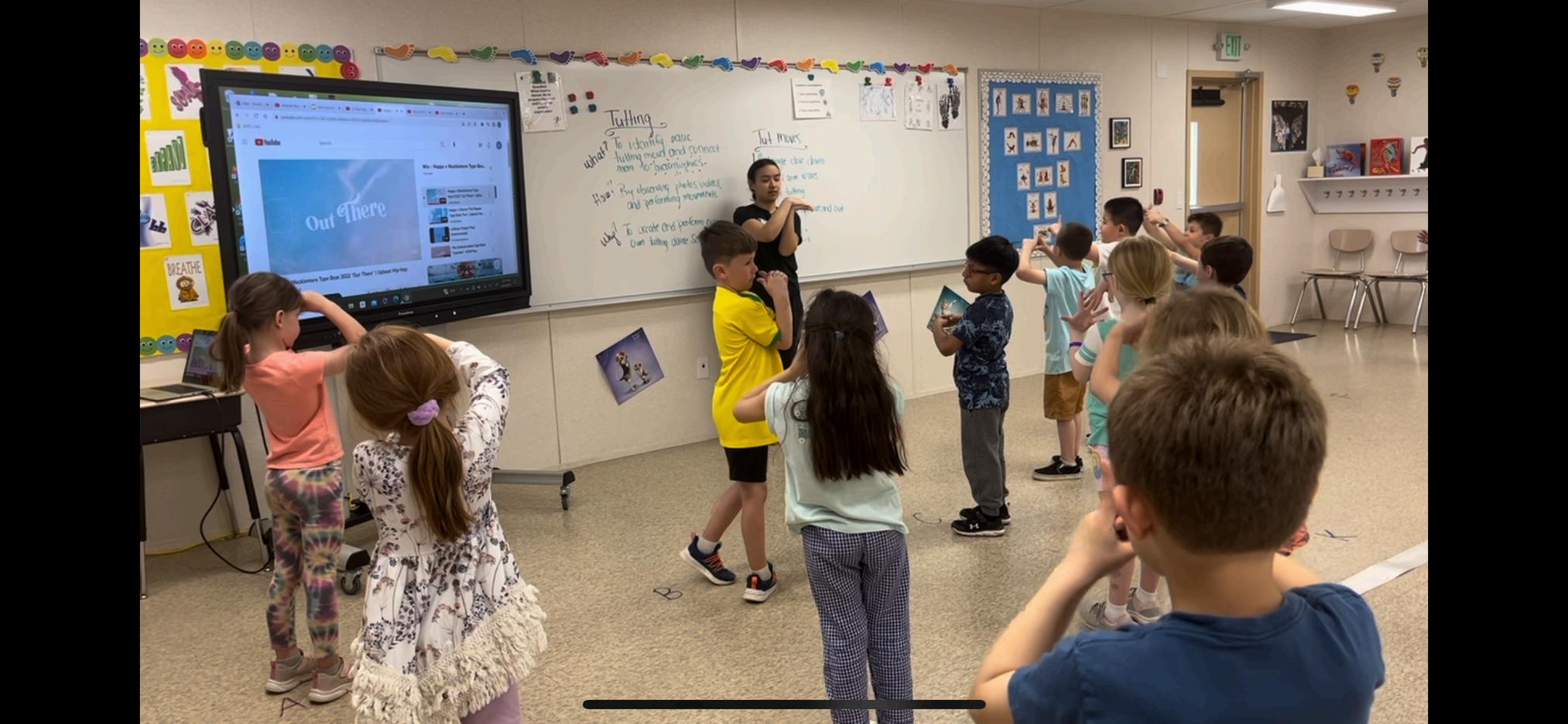
Summer teaching her students about Tutting.
daCi USA News
Playing with Possibilities is on the horizon! 8th National Gathering in Maryland.
As our daCi community gathers at Towson University (TU) Maryland in June 2026, we look forward to welcoming you to the heart of the mid-Atlantic region just north of Baltimore City. The TU campus is spread over 329 acres and our nationally-recognized Dance Department features spacious studios and theatres, inviting creativity in the daCi Way
Dr. Karen Campbell Kuebler is excited to be chairing the event at Towson, her alma mater. With 40+ years of teaching, performing, organizing, and advocating for dance programming, she is developing an exciting event with daCi’s signature style and new touches. Stay tuned!
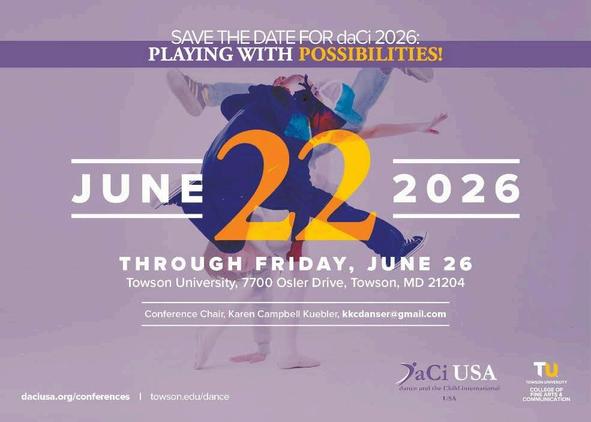
Outside of the studios, we can explore green spaces and interact with a unique sculpture walk to inspire our kinesthetic spirits. The city of Towson is pedestrian friendly with a Whole Foods and numerous restaurants just a short walk from campus. Other field trip opportunities will take us to Baltimore City for museums, history, nature, and more. Join us at Towson University June 22-26, 2026 for the daCi 8th National Gathering!
Further details regarding schedule, special events, costs, and opportunities will be available in the fall.

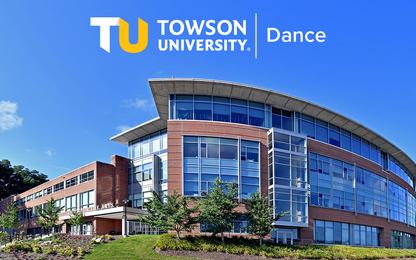
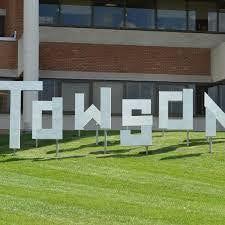
University dancers.

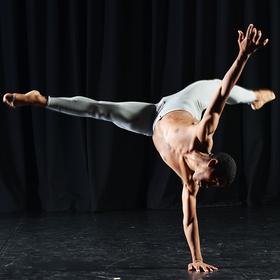
Towson University’s beautiful campus in Towson, Maryland.
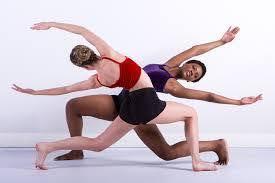
Towson
daCi International News
by Joy Guarino
As the National Representative for daCi USA, I am excited to attend the daCi interim international meeting at Sultan Idris Education University in Tanjung Malim, Malaysia in July. As I prepare for a rigorous week of meetings, I am reminded of the importance of global partnerships and collaborations and of the power of dance as a cultural connector.
daCi USA is a vibrant national chapter that engages with the international organization and our colleagues from around the world in a meaningful reciprocal relationship. I encourage every USA chapter member to log on to the international website and explore the various ways to learn about the organization’s global dance publications and various initiatives, such as Twinning, Outreach, and Across Borders Research Projects. These programs provide an opportunity to learn from and connect with your international colleagues, including dance exchanges and shared research endeavors.
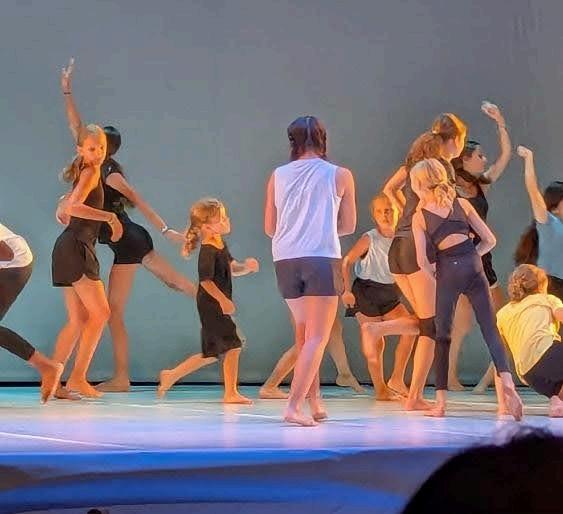
I am going to Malaysia because Sultan Idris Education University is the host of the daCi 2027 Conference. I will return with all the information on registration, accommodations, and event details! If you are not currently a member of daCi, please consider joining or renewing your membership today. Our daCi USA Chapter President, Heather Francis, reminds us that “The daCi community is filled with thought leaders, exemplary practitioners, and passionate teachers. Our involvement with the international community elevates our personal and professional experiences.” We would like to share it with you. Read more about the benefits on our website and register today.
daCi USA members in Ljubljana, Slovenia at the 2024 International Conference
Recommendation Zone
Enjoy these crowd-sourced resources from daCi members! Send your favorite recs to newsletter@daciusa.org
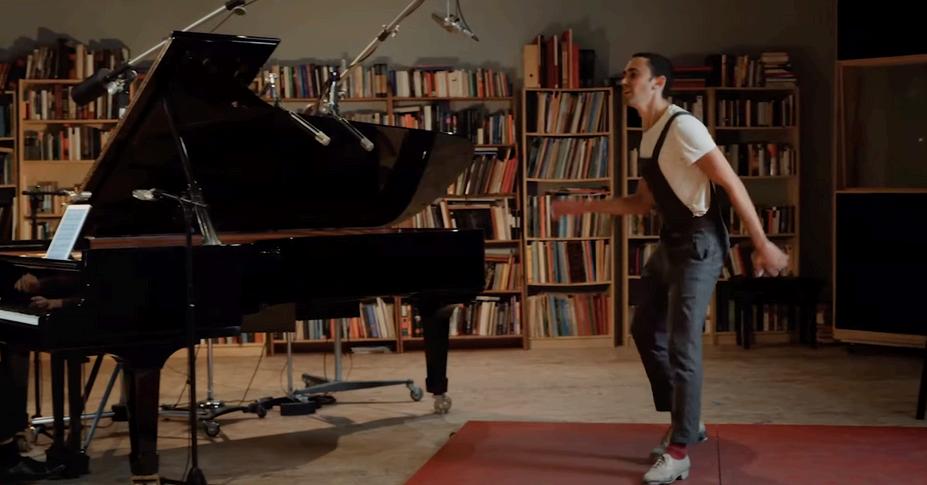
Recently I saw a fabulous concert performed by pianist Conrad Tao and tap dancer Caleb Teicher in Seattle. The rapport between the two performers was magical. They first met as teenagers, and have been collaborating ever since. I think this duo is a wonderful example for children of the power of dance and music when they come together to play, improvise and create. The concert was titled “Counterpoint.” The rhythms bouncing off each performer, between the tap sounds and the piano (both percussive instruments), were thrilling In addition to the two performers improvising together, composers included J S Bach, Arnold Schoenberg, George Gershwin and Maurice Ravel The arrangement of Rhapsody in Blue by George Gershwin can be viewed here: https://www.youtube.com/watch?v=0uJpeUPHLyI
Anna Mansbridge, Seattle, WA
Here is a great book to inspire movement vocabulary, by Michael Ian Black.
Here’s the link to the Read Aloud version. Here’s the link to the Teacher’s Guide.
Chara Huckins, Salt Lake City, UT
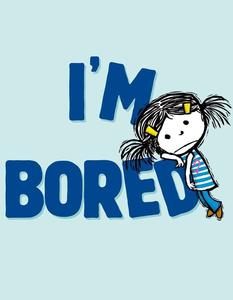
Here’s an oldie, but goodie. It is still a master class on the element of flow.
Torvill and Dean in Bolero.
Joy Guarino, Buffalo, NY
If you need a laugh, check out this video of animals and people dancing.
Carol Day, Park City, UT
Something timely from PillowVoices, the archive at Jacob’s Pillow: a talk by political commentator Rachel Maddow, “The Place of the Arts in a Democracy.”
Chris Roberts, Springville, UT
Check out this video of the 2024 National Water Dance.
Judith Nelson, Rhinebeck, NY
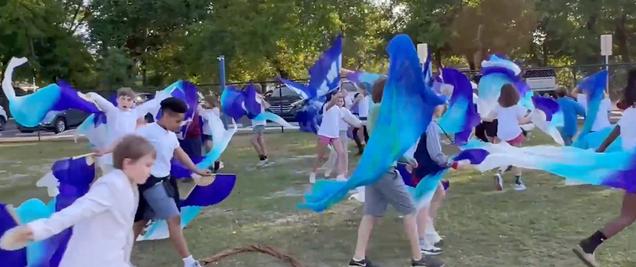
I have been revisiting this book, Dance Education Tips from the Trenches by Cheryl Wills. Great tips for teaching in a public school setting.
Deborah Lipa-Ciotta, Buffalo, NY
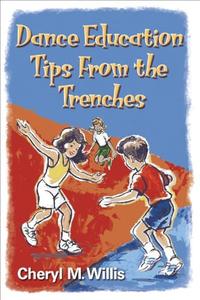
The musician KMRU has several albums of ambient sound concerts. Pretty rich sound, although it is not specifically nature sound or city sound, just a blending of all kinds of things. I found some that worked for a dance about water. I checked out songs on Apple Store until I found a couple I liked.
Jeanne Traxler, Brookline, MA
Bulletin Board
News from Individual Members and Member Organizations
StrikeTime has successful season in Michigan!
For over 40 years at Hope College, StrikeTime Dance Theatre has been dedicated to taking dance beyond the traditional stage, creating performances for young audiences through movement, storytelling, and cultural exploration. The company collaborates with schools and community partners to make an accessible and immersive experience.
This season, StrikeTime, directed by daCi member Nicki Flinn-Culver, presented two unique productions: Dreamers, created in collaboration with Little Read Lakeshore, and World Art and Dance Gallery, a performance blending visual art and dance in partnership with local elementary art teachers. Both productions gave elementary students the chance to experience the beauty of storytelling through a mix of movement, literature, and visual art.
Dreamers evoked the pages of Yuyi Morales’ book of the same title. With 15 performances reaching approximately 8,000 students, this experience was powerful for both the performers and the audience. Yuyi Morales was present, adding a special layer to the performance. It was a moment to reflect on the universal themes of dreaming and belonging.

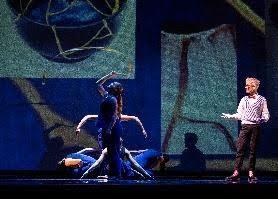
Another production, World Art and Dance Gallery, brought together the creative forces of StrikeTime, local elementary art teachers and 550 third grade artists. Drawing inspiration from Japanese kintsugi, South African gumboot, Haida totem poles, mosaics, Mexican folklórico, and more, the performance allowed students to see how diverse art forms can come to life through movement. Through this collaboration, students gained a deeper appreciation for how both art and dance can tell stories, convey emotion, and celebrate culture in powerful, interconnected ways.
Dance opportunities in Panama
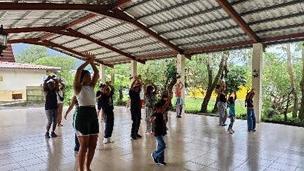
Movement Exchange is excited to host an international dance exchange to Panama from August 10-17, 2025, welcoming dancers and educators, regardless of educational affiliation, from around the world to join us. Immerse yourself in the vibrant dance community of Panama, expand your dance repertoire by learning new styles, and share your skills by teaching youth in our partner foundations. You’ll also participate in our Annual Show and explore the rich history and culture of Panama.
Photo by:
Jan. 2025 exchange program in Panama with students from Montclair State University.
New book by daCi member
daCi International member Mary-Elizabeth Manley’s book Roots and Wings: Virginia Tanner’s Dance Life and Legacy was published by the University of Utah Press. The story of pioneering dance artist and educator Virginia Tanner includes a short section on Tanner’s presentation at the first Dance and the Child International conference, along with descriptions of the performances of the Children’s Dance Theatre at that conference
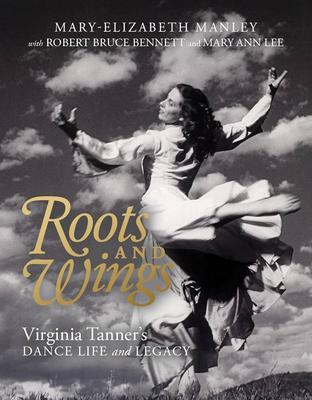
daCi USA National Board
2023-2026
Heather Francis, Chair
Salt Lake City, UT
Kathryn Austin, Chair-elect Winter Garden, FL
Jennifer Florey, Treasurer Yuma, AZ
Amy Munro Lang-Crow, Secretary Phoenix, AZ
Joy Guarino, National Rep Buffalo, NY
Nicki Flinn, Past National Rep Holland, MI
Madeline Cantor, Newsletter Editor Philadelphia, PA
Chara Huckins, Member Liaison Salt Lake City, UT
Cally Flox, Member-at-Large Draper, Utah
Enya-Kalia Jordan, Member-at-Large Brooklyn, NY
Karen Kuebler, Member-at-Large Towson, MD
Deborah Lipa-Ciotta, Member-at-Large Buffalo, NY
Sara Malan-McDonald, Member-at-Large Phoenix, AZ
Vincent Thomas, Member-at-Large Towson, MD
